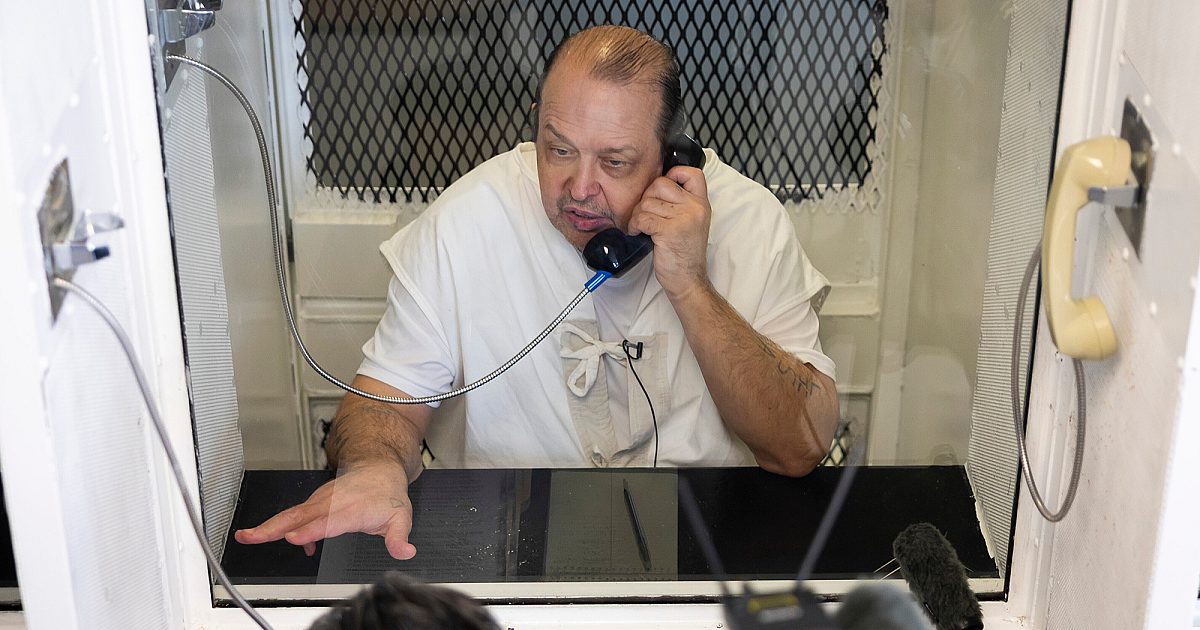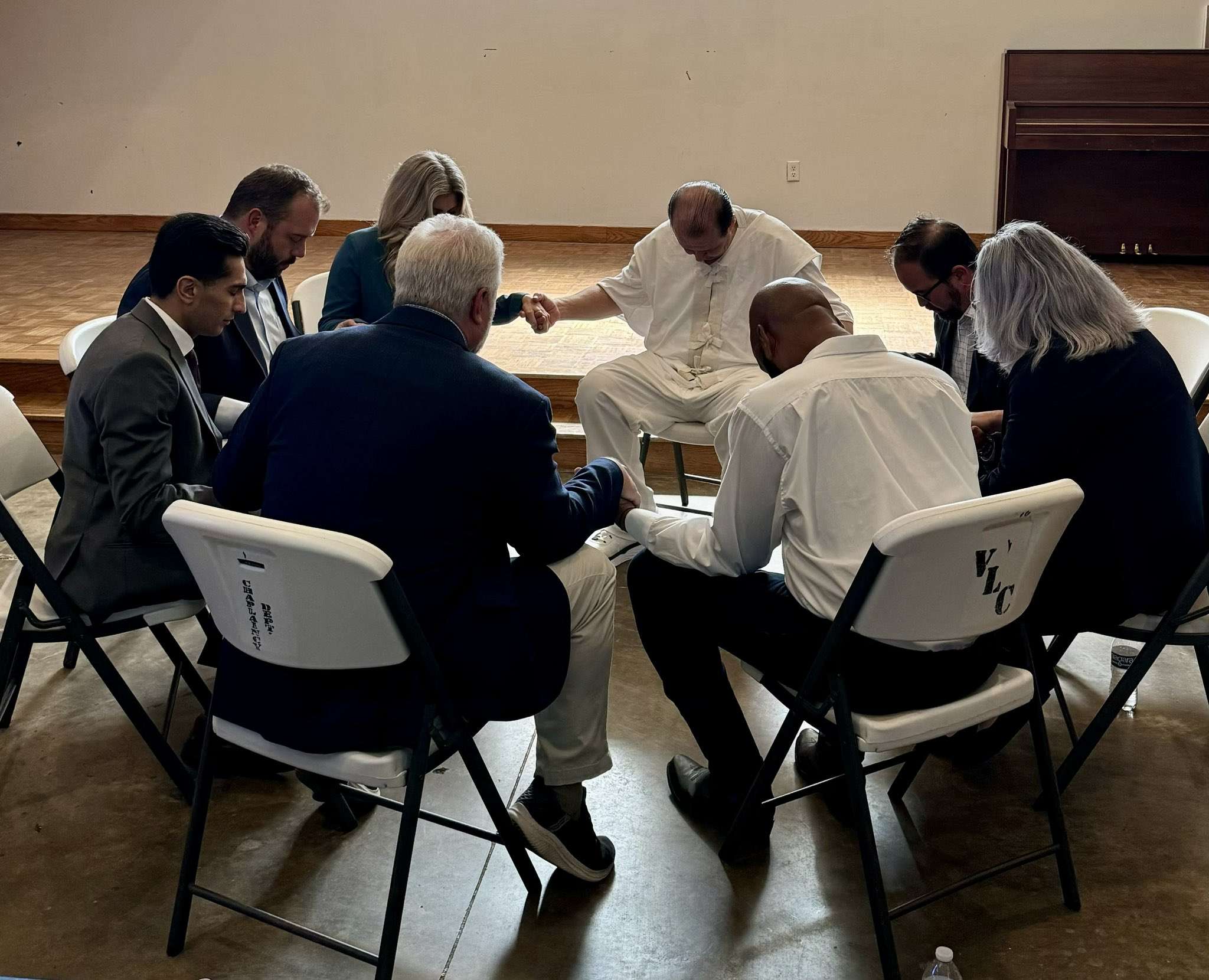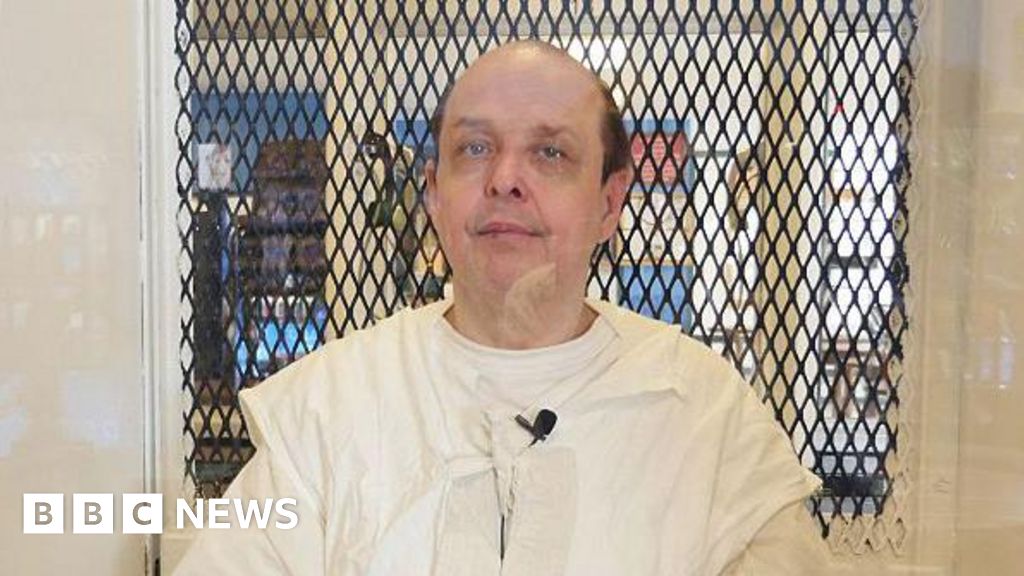Texas Pauses Robert Roberson's Execution for Third Time, Orders New Trial Review in Shaken Baby Case
Texas courts have paused the execution of Robert Roberson, convicted in a shaken baby case, for the third time, sending his case back for review due to scientific doubts and his consistent claims of accidental death.
Subscribe to unlock this story
We really don't like cutting you off, but you've reached your monthly limit. At just $5/month, subscriptions are how we keep this project going. Start your free 7-day trial today!
Get StartedHave an account? Sign in
Overview
- Texas courts have paused the execution of Robert Roberson, convicted in a "shaken baby" case, for the third time, just days before he was scheduled to be executed.
- The case, involving the death of his 2-year-old daughter Nikki Curtis, has been sent back to an East Texas county trial court for further review and potential new trial.
- This judicial intervention stems from significant doubts about the scientific understanding of shaken baby syndrome and the reliability of the original autopsy report.
- Roberson consistently claims his daughter's death resulted from a fall from her bed, not abuse, a defense his attorneys and medical experts continue to present.
- Roberson's legal team celebrated the court-ordered review as a significant victory, though Texas Attorney General Ken Paxton has previously criticized such judicial interference.
Report issue

Read both sides in 5 minutes each day
Analysis
Center-leaning sources cover the story neutrally, presenting a balanced account of the legal developments and the underlying scientific and medical debates. They detail arguments from both Roberson's defense and the Attorney General's office, highlighting the "junk science law" and the evolving understanding of shaken baby syndrome. The coverage avoids loaded language and includes diverse perspectives.
Articles (12)
Center (8)
FAQ
Robert Roberson's execution has been paused multiple times due to emerging scientific doubts about shaken baby syndrome and questions about the reliability of evidence used in his conviction, prompting courts to order further review and a potential new trial.
Roberson was convicted in 2003 based on the diagnosis of shaken baby syndrome causing his daughter's death, supported by evidence including blunt force trauma and findings of brain and retinal bleeding, which prosecutors argued indicated abuse and capital murder.
The scientific consensus on shaken baby syndrome has significantly shifted, with the American Academy of Pediatrics retracting earlier positions, and experts acknowledging that symptoms once attributed to violent shaking may be caused by other natural conditions, undermining the reliability of SBS as forensic evidence.
Roberson has consistently maintained that his daughter's death was accidental, caused by a fall from her bed, not by abuse or shaking, a claim supported by his attorneys and medical experts who argue for alternative explanations to the prosecution's SBS theory.
Roberson's case has drawn attention to potential judicial and forensic misconduct, highlighted bias against defendants with disabilities, and stimulated debate on the validity of SBS evidence, with calls for legislative and judicial reforms to prevent wrongful convictions based on discredited science.
History
- 25d

 3 articles
3 articles
- 25d

 6 articles
6 articles










